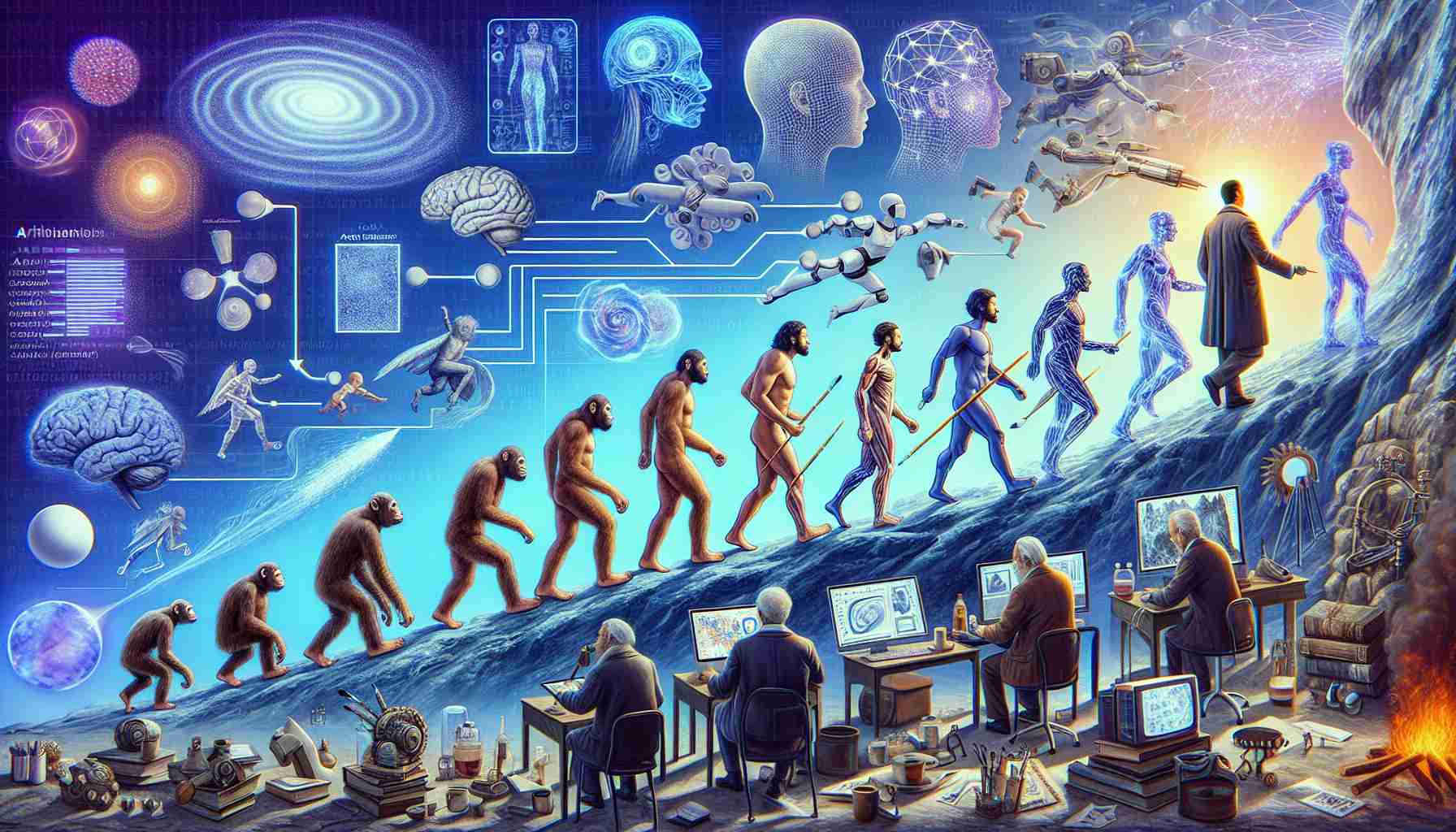AI’s Artistic Mastery Transforms Industries
AI trainers, experts in machine learning, are the craftsmen behind neural networks. Instead of conventional coding, they architect and tutor these models through a data-driven process. The training includes feeding vast amounts of visual, auditory, or textual information to the network which is then refined for accuracy.
AI and the Art of Image Creation
Creating art through AI begins with inputting a descriptive prompt, such as “anime-style female portrait” or “sci-fi cityscape at dusk”. The AI maps out words into numerical vectors, combines them, and matches with similar database images. It then ingeniously blends elements from these matches to construct a fresh piece, refining details in the final steps before presenting it to the user.
Deployment Across Multiple Domains
The technology is leveraged across sectors reliant on visual elements. AI significantly impacts game design by automating texture and character creation, leading to vast digital worlds with minimized manual effort. Google’s Genie, for instance, employs AI to craft gaming environments from various media, educated with a vast compilation of internet gaming footage.
Graphic design has adopted AI to tackle routine tasks, giving human designers the flexibility to engage in more inventive and strategic work. Image-enhancing AI tools effortlessly adjust designs, implying an era where designers’ roles are shifted rather than replaced.
Interior design has welcomed AI with tools that can transform living spaces almost instantaneously based on stylistic preferences, revolutionizing the way interiors are envisaged.
The fashion realm witnesses AI-assisted apparel designs, while virtual dressing rooms become a reality for online shopping experiences. Medical and scientific sectors utilize AI for advancements such as increased accuracy in diagnosing diseases through image analysis and reconstructing unseen archeological finds.
The Future of AI-Generated Imagery
AI-generated art is making waves, being exhibited, sold at auctions, and even stoking controversy. From award-winning pieces to mistaken identities of influential personalities, AI artwork’s complexity often challenges the seasoned eye of art connoisseurs. As this technology continues to mature, the boundaries of creativity are endlessly expanding, heralding a new epoch of synthesized visual innovation.
Important Questions and Answers:
1. What distinguishes AI-generated art from traditional art?
AI-generated art is created by neural networks that have been trained on vast datasets, allowing them to create new compositions based on input prompts. This process is data-driven and relies on algorithms to innovate, whereas traditional art is a manual and deeply personal expression of human creativity.
2. What are the potential drawbacks of AI in creative industries?
A significant worry is the potential for AI to displace human artists and designers, leading to job loss. Furthermore, issues of copyright and originality arise, as determining the ownership and authenticity of AI-generated art can be complex.
3. How do AI artisans contribute to advancements in other industries?
AI artisans contribute to industries beyond art by enhancing efficiency in design processes, providing more accurate interpretations of medical imagery, and offering innovative solutions in areas like fashion and interior design.
Key Challenges and Controversies:
The field faces intellectual property disputes, as it’s often unclear who owns the rights to AI-generated works—the creator of the AI, the user who input the prompt, or the AI itself. Moreover, the use of data raises privacy concerns, with AI frequently trained on publicly sourced images without individual consent. Authenticity and artistic value of AI-created work compared to human-made art is also frequently debated.
Advantages:
The use of AI in art and design offers cost savings, efficiency, and the ability to rapidly prototype visual concepts. It also enables the creation of art that may be beyond human capability in both detail and innovative composition.
Disadvantages:
Reliance on AI for art production may reduce the demand for human artists and could lead to a homogenization of style due to common datasets. The ethical implications and potential devaluation of human creativity are also concerns.
Suggested related link for the broader context of AI and its impact on society can be found at the following website: MIT Technology Review. This domain covers various topics, including the development and influence of AI in modern society, but verify the link before accessing it to ensure it’s still valid.

